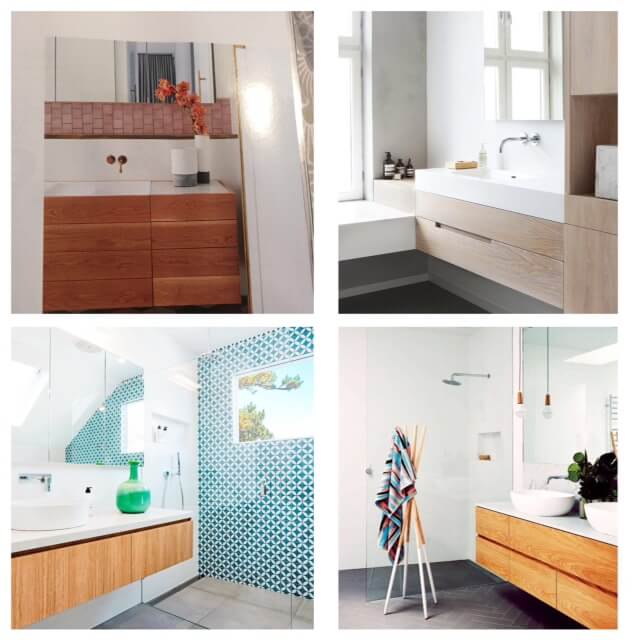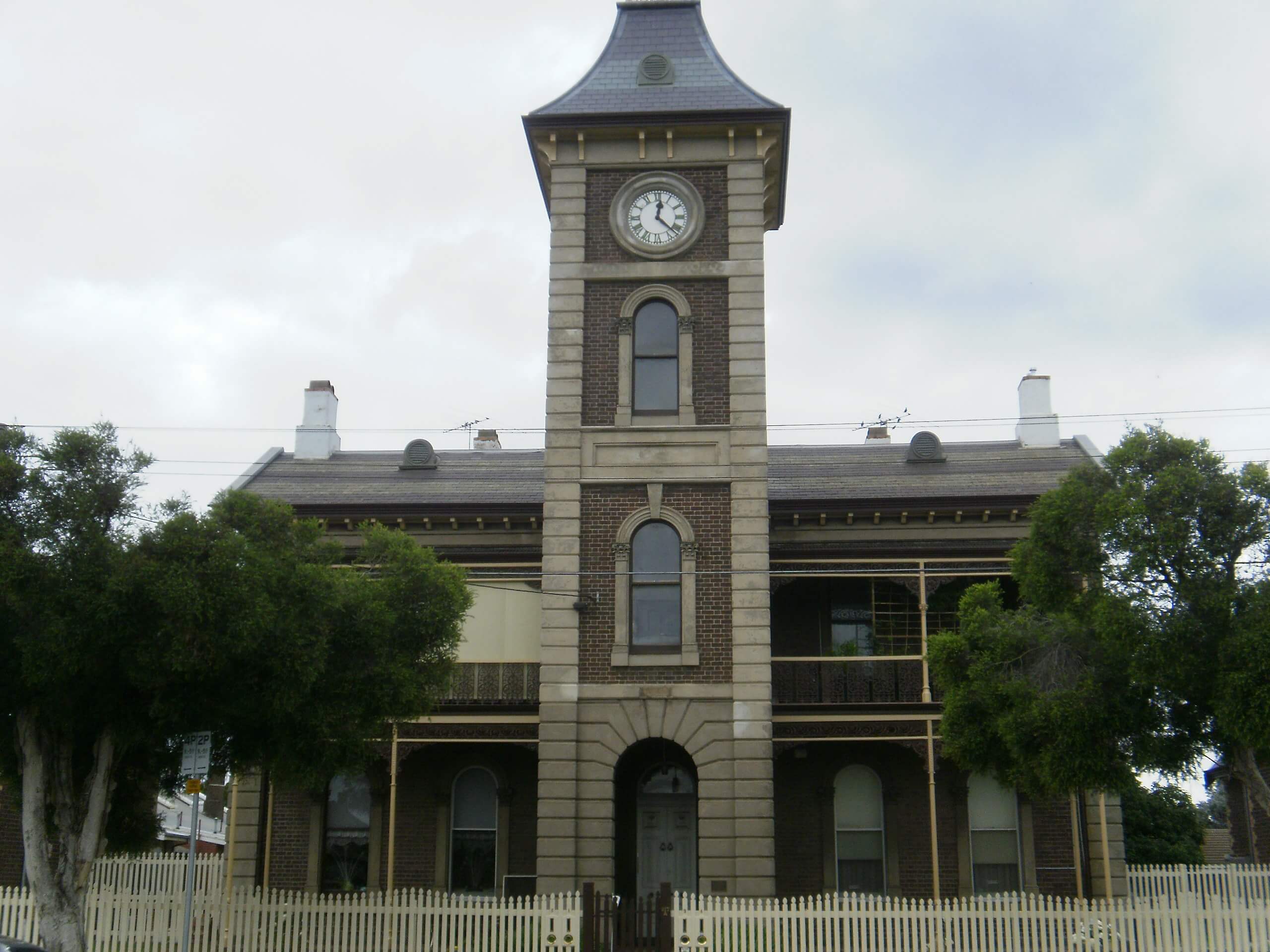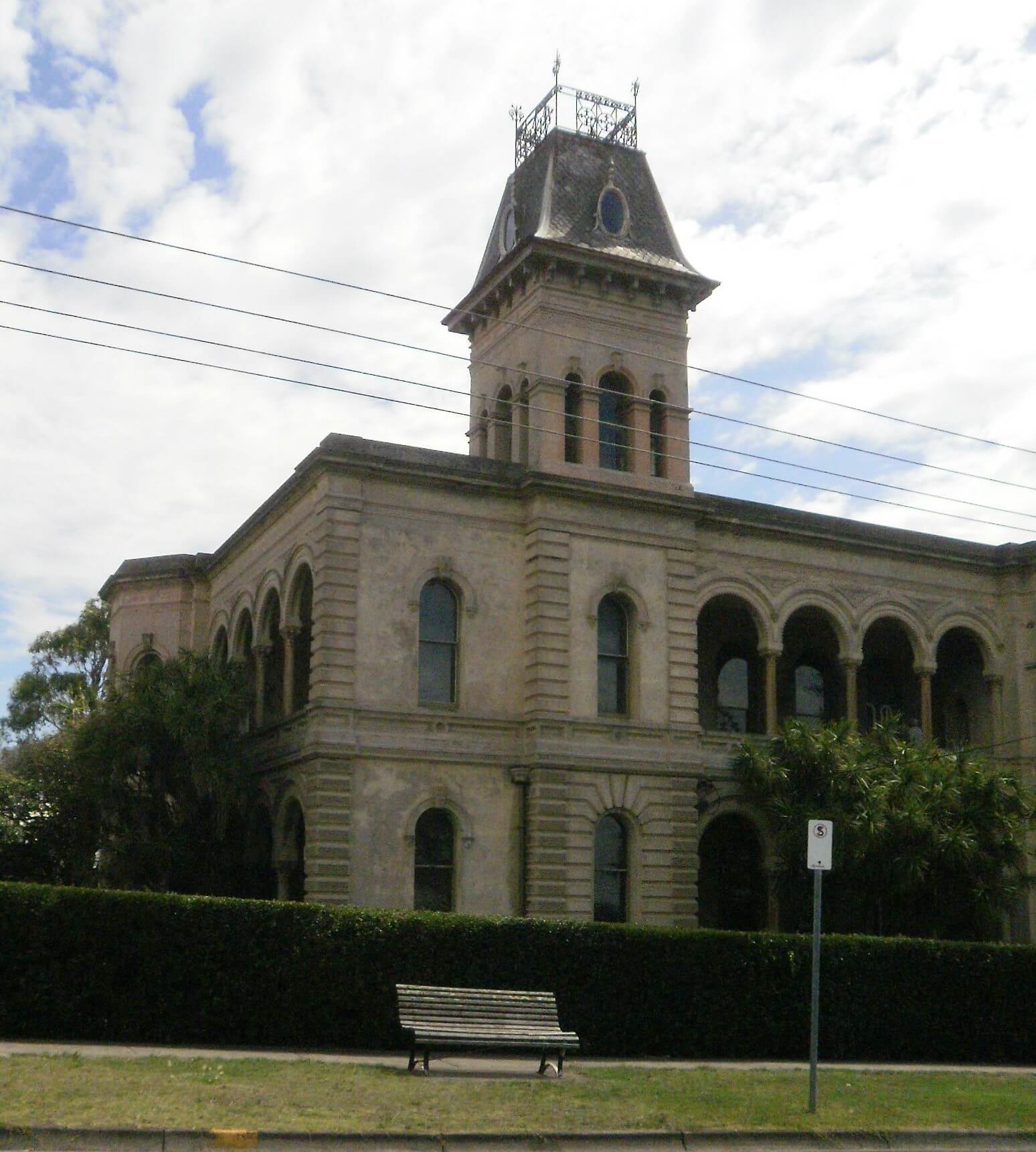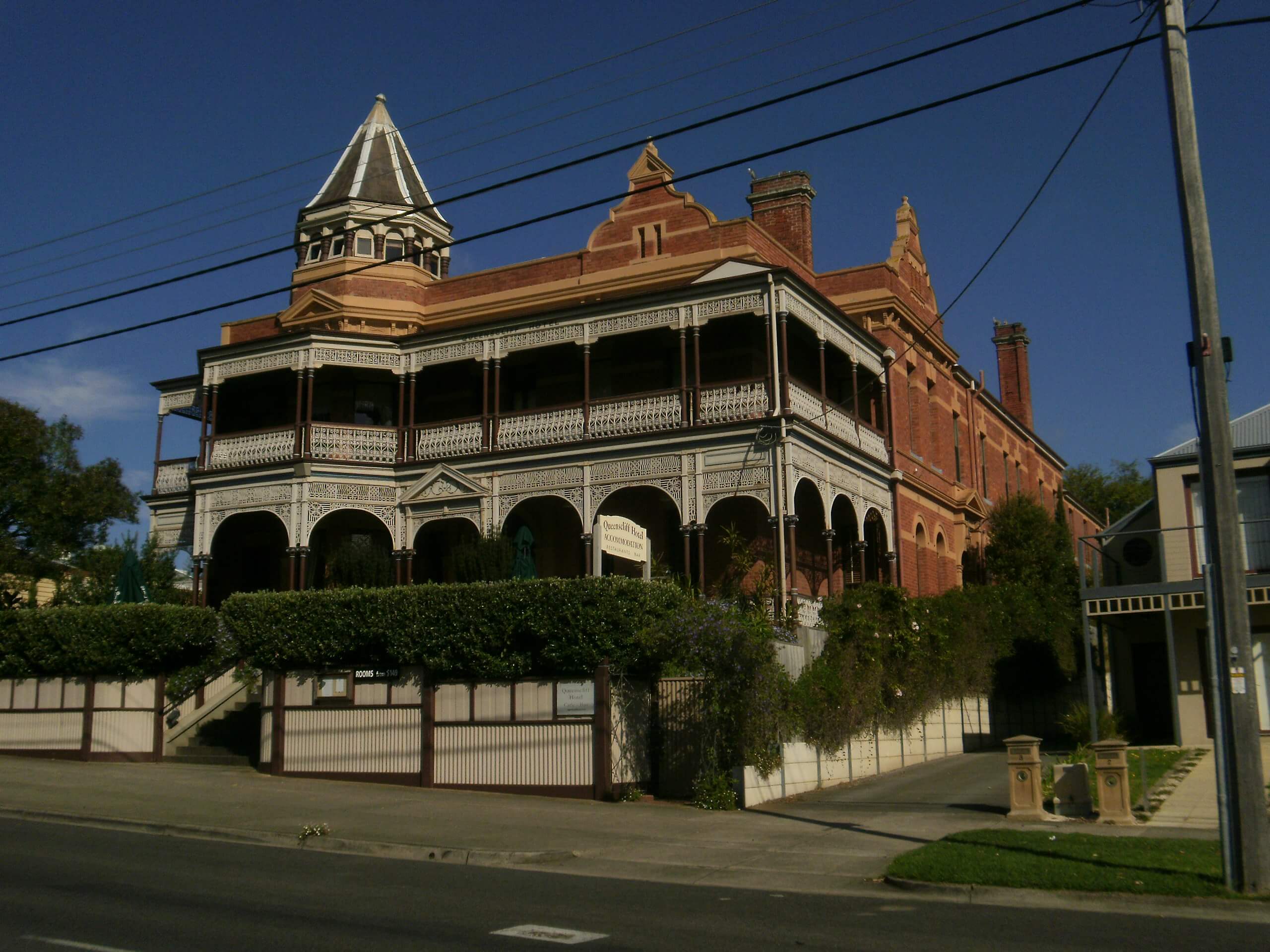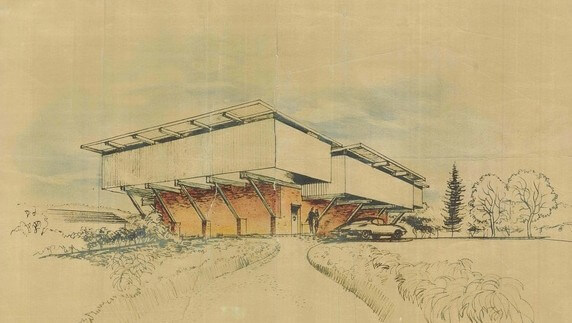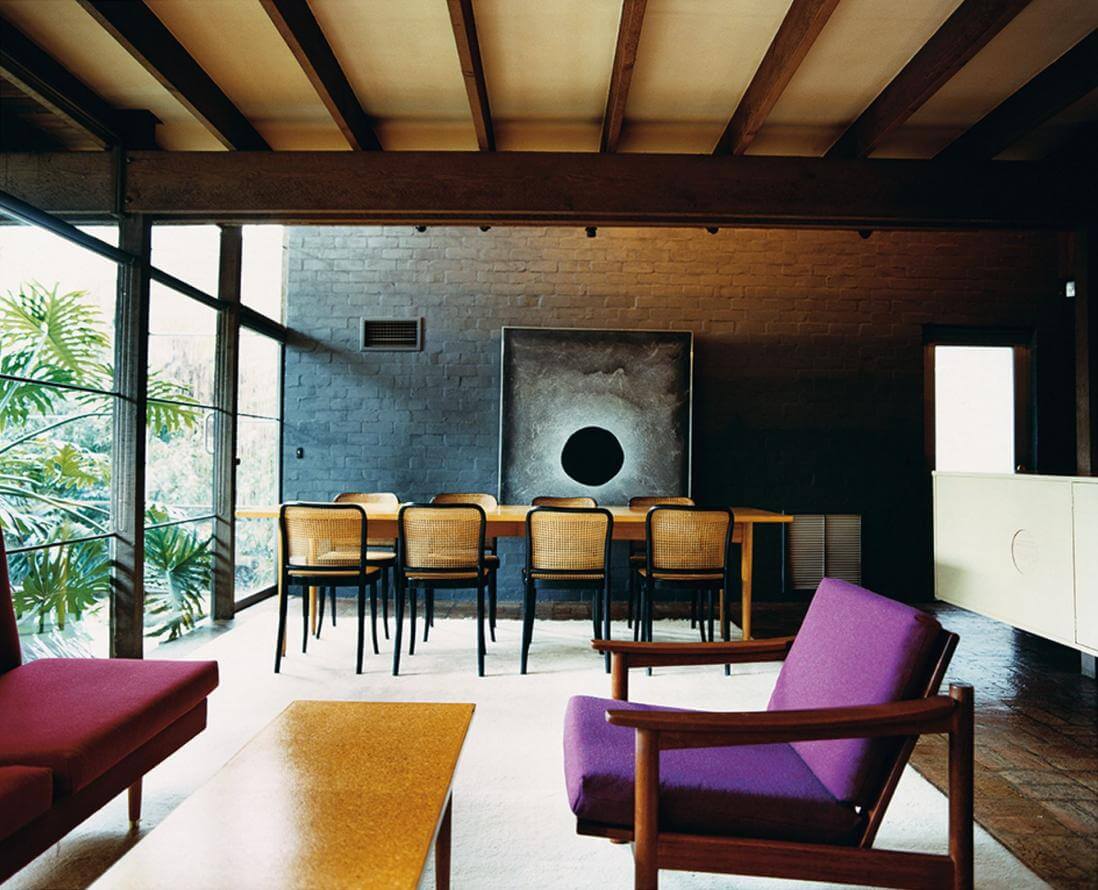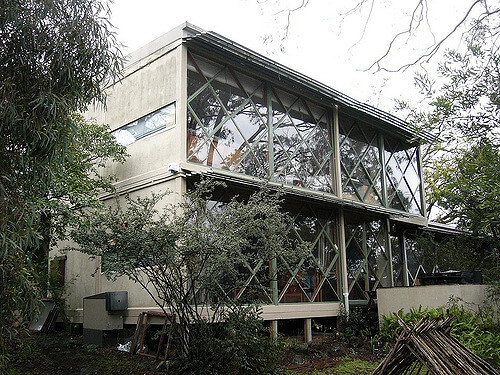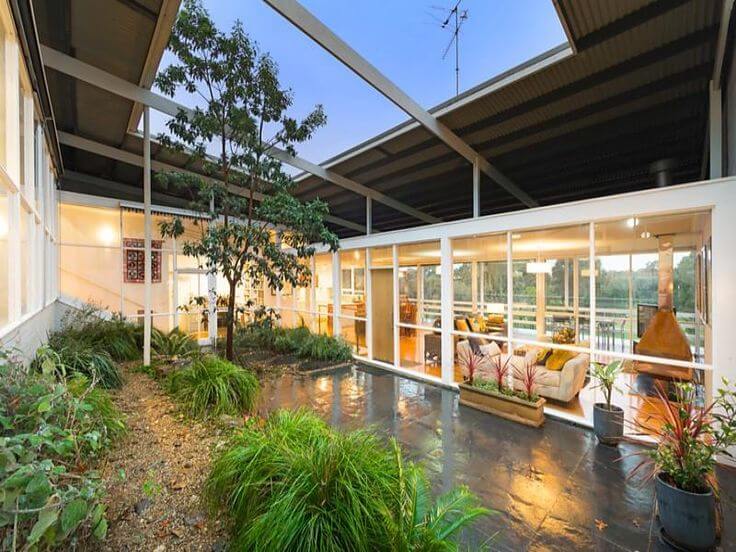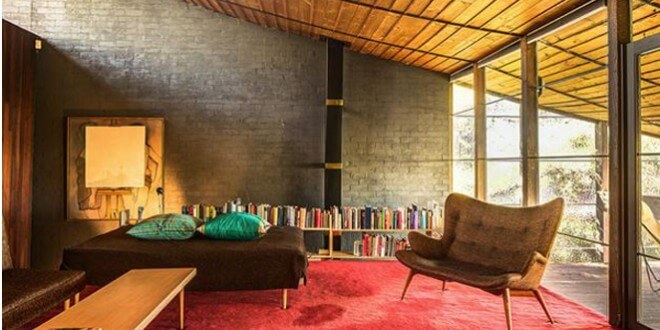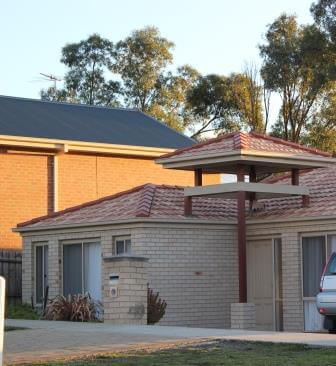Ok, I could be guilty of getting on my soap box, so hear me out, I’ll do my absolute best to make this post thought provoking instead of a big old negative winge, that is useful to nobody.
I had a brilliant day with a gorgeous Client sourcing tiles for her long awaited en-suite renovation that is going to be just perfect. Now I say ‘just perfect’ because this room is created uniquely to suit my client and her gorgeous laid back husband. Its developed from digital images and magazine cut outs that she chose to form the Design Inspiration. This then gave me a clear image in my head and confirmed that what was going on in her head was what I was seeing in my head. This I have to say is one of the most critical factors when collaborating with a Design professional, builder or tradesman, communication is the secret ingredient to your projects success, you must never overlook this vital fact and when it is overlooked you hear the tales of disappointment and frustration when it comes to building and renovating.
I’ve swerved a little from my blog topic ‘Cookie Cutter Design’, communication is another useful post to be discussed in depth. Why I wanted to tell you about my great day selecting tiles for my clients bathroom is that with assistance from me, we will be able to achieve a unique bathroom that won’t be an identical copy of any of the images that she sent me but will be a blend of style that will be bespoke and unique to there home.
We are over run with Cookie Cutter Design. Blahhhhhh….
What is Cookie Cutter Design? It is all the mass produced homes that all look like clones of each other, slightly individualized by a different paint colour or garage door. Understandably, this is what the population of Victoria and Australia is brainwashed to believe is Design and what they have to chose from when it comes to building a new home.
Robin Boyd, one of Australia’s most influential Modernist Architects of his time, wrote the book ‘The Australian Ugliness’ (1960). My initial impression within the first few chapters was that Boyd wrote only as a Modernist and was only interested in anything modern. I felt very defensive of our Architectural History and many of the beautiful buildings from the 20th Century.
Robyn Boyd praised the international style glass box office buildings, whilst he took offence to the post war architecture of Melbourne suburbs, of which gave him the impression of “a dressmaker’s floor strewn with snipping’s of style”
However as I read further into the book, my opinion changed. Robin Boyd was a fine architect, which is obvious by the legacy of his Architecture that he left for us to learn from.
Robin Boyd defines the greatest problem back then as being ‘featurism’, and he believed Australians would camouflage everything in a layer of unnecessary decoration and pass it for beauty. It was not features as such that he had a problem with it was the unnecessary unfunctional features that he clearly disliked. This book was written in the 60’s and this issue of the ‘Australian Ugliness’ or the ‘Cookie Cutter Design’ is still continuing 50+ years on.
He writes the lack of appreciation for nature and the natural beauty that Australia has to offer. We can see history repeating itself and even far more damning with the slicing up of new housing estates into nothing by postage stamp plots of land that lends to very limited building styles of an affordable nature. Robin Boyd believed that the natural environment should be the ‘feature’ and the buildings should be at one with the Australian Landscape. The constant discussion of sustainability within Architecture only strengthens what Boyd had to say. The pattern of which he spoke about over 50 years ago unfortunately continues. I believe this book has the ability to awaken us to engage with the Australian landscape. When I reflect on the content of this book, that in the 1950s there was a grave concern for our building environment, and that has even greater relevance in 2016 as the same concerns still remain and are even more evident by the vast clearing of land to create suburban sprawls that make up new communities.
Ok, so off the Soap box I pop, hope you enjoyed my rant……. We need to value what we have, create quality, restore and move away from a disposable society, here today and gone tomorrow needs to be a thing of the past. Collect those Bespoke, life time pieces and love them for the life time that you have them, they will make you happy every day ……..




